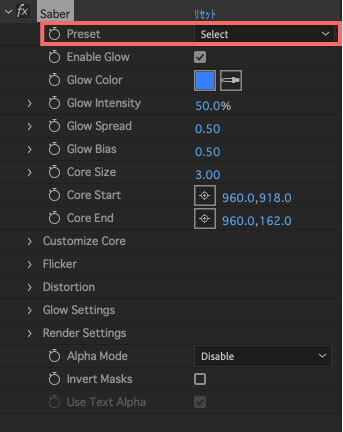

Overall clothing sales could rise significantly if developing-country consumers choose to buy more clothing as their purchasing power increases. In five large developing countries-Brazil, China, India, Mexico, and Russia-apparel sales grew eight times faster than in Canada, Germany, the United Kingdom, and the United States.Įven after this increase, the average developing-country resident purchases a fraction of the clothing that his or her developed-world counterpart buys each year. While sales growth has been robust around the world, emerging economies have seen especially large rises in clothing sales, as more people in them have joined the middle class. The number of garments produced annually has doubled since 2000 and exceeded 100 billion for the first time in 2014: nearly 14 items of clothing for every person on earth. Shoppers have responded to lower prices and greater variety by buying more items of clothing. Visit our Resource-Productive Operations page Among all European apparel companies, the average number of clothing collections has more than doubled, from two a year in 2000 to about five a year in 2011. Zara offers 24 new clothing collections each year H&M offers 12 to 16 and refreshes them weekly. Shorter lead times for production have also allowed clothing makers to introduce new lines more frequently. This has caused the price of clothing to fall relative to the prices of other consumer goods (Exhibit 1). Businesses have aggressively cut costs and streamlined their supply chains. Fast fashion, serious consequencesĪpparel sales have risen dramatically in recent years, thanks to several trends that appear likely to continue. In this article, we consider how apparel businesses can resolve challenges in two major segments of their value chain: the heavy resource demands and difficult labor issues in the production process, and the excessive waste associated with disposing of unfashionable or worn-out garments. They have begun to remedy the largely unseen impact of the fast-fashion business. But some companies aren’t waiting for a consumer backlash. So far, sales increases suggest that most shoppers either overlook or tolerate the social and environmental costs of fast fashion.

Without improvements in how clothing is made, these issues will grow proportionally as more clothes are produced. Reports also continue to emerge about clothing-factory workers being underpaid and exposed to unsafe-even deadly-workplace conditions, particularly when handling materials like cotton and leather that require extensive processing. This system has outsize environmental effects: making clothes typically requires using a lot of water and chemicals and emitting significant amounts of greenhouse gases. Fast fashion is now a large, sophisticated business fed by a fragmented and relatively low-tech production system. The fact remains, however, that innovation in the way clothes are made has not kept pace with the acceleration of how they are designed and marketed. Some estimates suggest that consumers treat the lowest-priced garments as nearly disposable, discarding them after just seven or eight wears. Across nearly every apparel category, consumers keep clothing items about half as long as they did 15 years ago. By compressing production cycles and turning out up-to-the-minute designs, these businesses have enabled shoppers not only to expand their wardrobes but also to refresh them quickly. Fast fashion has been a particularly hot segment and a source of enviable growth for some clothing companies.

Thanks to falling costs, streamlined operations, and rising consumer spending, clothing production doubled from 2000 to 2014, and the number of garments purchased per capita between 20 increased by about 60 percent. The early 21st century has been good to the apparel industry.


 0 kommentar(er)
0 kommentar(er)
